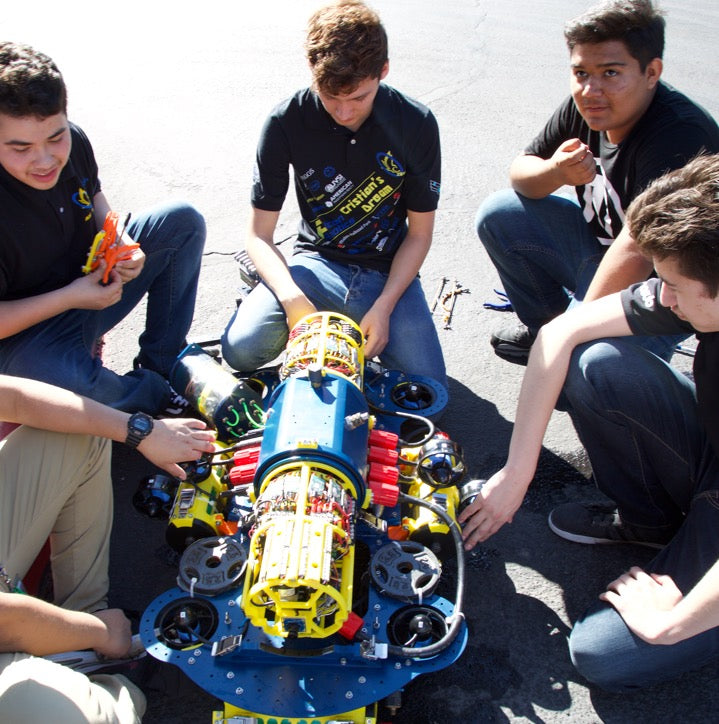Your Cart is Empty

3D printing is at a very exciting stage in it’s development.
Here are the reasons why a school should seriously consider using 3D Printing as part of its curriculum.

The RepRap Mendel is cheap, readily available and is constantly being improved.
A single RepRap printer about $1200. These prices are minimal in the scheme of school budgets.
This would be one of the first projects for the students to investigate. Each new printer that is created goes to another class and eventually there is a 3D Printer readily available in every class room.
Teachers could contrast and compare how a printer is replicated with how ‘replication’ happens biologically.
3D Printing can also be used to teach evolution – perhaps using sites like Endless Forms as examples.
Also once you have an extra printer – why not donate it to a sister school?
This is a great way to teach students about how manufacturing works. Comparing 3D Printing to other forms of manufacturing, such as the production line will add immense educational value.

3D Printed Spheres. Each sphere as at least 2 other internal spheres.
The act of creating 3D object is highly creative. Students could not only create other printers, but they can also print customised artistic works such as jewellery, sculpture and ornaments.
Students will enter the workforce more prepared to accept 3D Printing as a way of life. Much as computers changed most jobs, 3D Printing will provide significant changes to areas of industry within the nation.
3D Printing Chocolate? No longer will I be able to eat your homework
Any class where the printer is rigged up to print in chocolate will always have huge attendance. Not only will students learn about creating and printing items, but they will also get to eat their work at the end of the lesson! No longer will dog’s be able to eat homework – it will have already been eaten by students!
3D Printers can currently print in many materials such as plastics, foods (sugar and chocolate) and any metal that can be melted and is powder at room temperature.
Not many schools offer 3D Printing currently. For a school to invest in a 3D Printer will make them demonstratingly a leader in education of new technology.
Imagine a crowd of students avidly watching the printer print their recent project. You will hear a pin drop!
Adding 3D Printing fits nicely in the science and technology areas of the subject spread. The Art department will like 3D Printing for the artistic side of creating 3D Objects. The multiple subjects that 3D Printing can be applied means that the school will more easily be able to balance its curriculum.
After students have printed a range of objects – why not sell them at the school fete or fair? A great way to teach students about business and how to turn a buck or two.
Gyroid: A fantastic triply periodic minimal surface that divides all of space into two congruent regions. Source: http://www.bathsheba.com/math/gyroid/

Gyroid: A fantastic triply periodic minimal surface that divides all of space into two congruent regions. Source: http://www.bathsheba.com/math/gyroid/
3D Printing can be used to demonstrate principles in subject such as:
It is my feeling that any students involved in 3D Printing in the future will enjoy their 3D Printing classes immensely!